Unstoppable at 79
Jazz artist Asha Puthli does not let anything slow her down
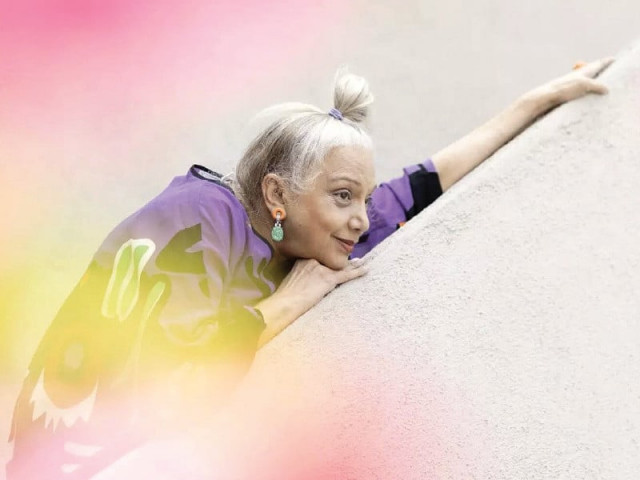
Asha Puthli has been a significant figure in disco-soul-funk since 1970. At 79, she recently performed at the UK’s Glastonbury Festival and as reported by GQ India, is planning her first world tour in 40 years, showing no signs of slowing down.
Over 50 years ago, Puthli moved from Mumbai to New York with a dance scholarship, a demo tape of Indo-jazz fusion compositions, and dreams of being a jazz singer. Her remarkable vocal talent and determination allowed her to achieve much more. During the 1970s and early 1980s, she released a series of records blending avant-garde jazz, glam, pop, and soul.
Despite strong sales in Europe, Puthli’s music never broke into the American mainstream. She told GQ India that she retreated into semi-retirement in the 1980s, worn out from clashes with a music industry not ready for a brown-skinned artist. However, her music gained cult status among crate-diggers and underground dance music fans. In the 1990s and early 2000s, her work was sampled by hip-hop stars like The Notorious B.I.G. and 50 Cent, reaching a new audience.
The start of it all
Born in Mumbai in 1945, Puthli grew up on RP Masani Road, known as Hollywood Lane. She mingled with the Kapoor clan, affectionately calling Prithviraj Kapoor “Papaji.” Eager to study jazz, Puthli wrote to American universities but found few opportunities for international students. Her persistence paid off when she secured an audition for the modern jazz dance course at the Martha Graham School after meeting Graham’s company in India.
Traveling abroad was challenging in socialist India. Puthli didn’t have a passport and faced a catch-22: she couldn’t get a scholarship without auditioning in America but couldn’t travel without the scholarship. Nonetheless, she landed in New York in 1969 and set her sights on legendary producer John Hammond. After six months of persistence, she finally secured a meeting with him, which led to a single produced at CBS Records. Unfortunately, CBS president Clive Davis didn’t see a market for jazz with Indian classical influences.
In the meantime, she ensured a longer stay in the US by walking up to a man outside the Museum of Modern Art and asking him to marry her. The man—Marc Goldschmidt—said yes, and the two had a son before their divorce in 1981. Six months after moving to New York, Puthli had finagled herself a path to permanent residency, and a meeting with the man who had launched the careers of Billie Holiday, Bob Dylan, and Bruce Springsteen.
“He played the tape and I’ll never forget it because he clutched his heart and he swayed,” she told GQ India. “And I thought, oh, my God. Finally, I get the meeting, and I think he’s going to die on me. But all he said was: marvellous.”
Puthli’s vocals eventually appeared on two tracks of Ornette Coleman’s 1972 album, Science Fiction, earning her the DownBeat Critics Poll award for best female jazz musician alongside Ella Fitzgerald and Dee Dee Bridgewater. Simultaneously, she ventured into fashion and film, becoming a fixture in New York nightlife. “They’d ask me if I was royalty and I’d say: don’t be ridiculous. I’m not royalty, I’m divinity,” she recounted to GQ. Her avant-garde fashion style also made waves. “I’d wear pillowcases paired with thrift store stuff, mostly out of necessity.”
The failure of a label
CBS Records struggled to market Puthli as an Indian jazz artist. They suggested she change her name to Anne Powers to appeal to a white audience, but she refused. Frustrated, she accepted a record deal from CBS in England. However, without a UK work visa, her contract was suspended when the UK tightened immigration rules. She moved to Germany to work on her second album before returning to the US to give birth to her son.
Puthli’s 1976 album The Devil is Loose became her defining work but despite critical acclaim, CBS didn’t release it in the US. She relocated to Palm Beach, Florida, occasionally recording new music. In the 1990s, her music was sampled by hip-hop artists like The Notorious B.I.G. and G-Unit, though she was initially skeptical about these unauthorised uses of her work.
The comeback
Her music’s resurgence, particularly among South Asian artists like Imaad Shah and Raveena Aurora, prompted her to consider a comeback. In 2017, she performed in Mumbai for the first time since 1972, backed by Shah’s band Madboy/Mink, to an enthusiastic young audience.
Since then, she’s got plenty of co-signs from other South Asian musicians, including raga-meets-synth producer Arushi Jain, experimental indie musician Nabihah Iqbal, and Illinois-based violinist and vocalist Chandra Gangavarapu. She plans to follow up this year’s world tour with an Indian tour, including a special homecoming gig in Mumbai featuring a three-hour set celebrating her decades-long career.

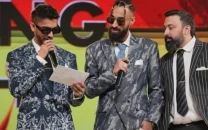

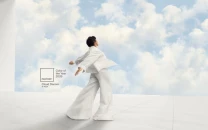
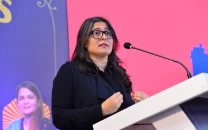
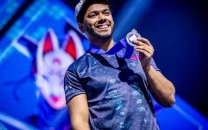













COMMENTS
Comments are moderated and generally will be posted if they are on-topic and not abusive.
For more information, please see our Comments FAQ